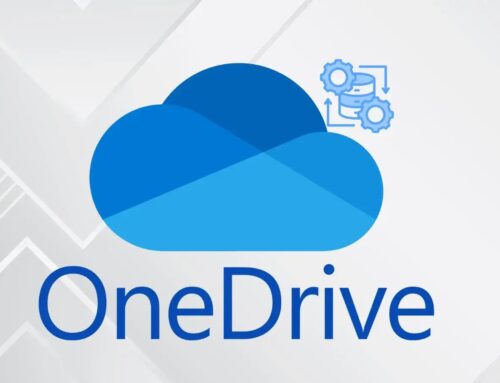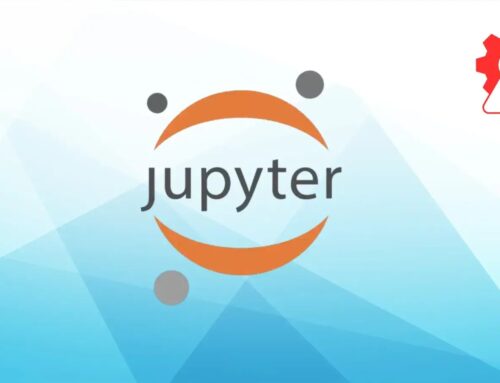
Threat Actors Gaining Access to Victims’ Machines and Monetizing Access to Their Bandwidth
The silent compromise of digital infrastructure continues to plague organizations globally. A recent campaign, surfacing in early March 2025, underscores the sophisticated tactics threat actors employ to gain surreptitious access to victim machines, ultimately monetizing their resources. This particular campaign highlights the persistent danger posed by unpatched vulnerabilities in widely used software, transforming seemingly innocuous services into conduits for illicit operations.
The GeoServer Exploit: A Gateway to Compromise
Threat actors successfully exploited a critical remote code execution (RCE) flaw in GeoServer, a popular open-source server for sharing geospatial data. Specifically, the vulnerability, tracked as CVE-2024-36401, centered on a JXPath query injection within Apache Commons libraries. This allowed attackers to execute arbitrary code by crafting malicious XML requests.
The exploitation vector was highly effective against publicly exposed GeoServer instances. By leveraging this JXPath vulnerability, threat actors bypassed conventional security measures, silently deploying customized executables. These executables, designed for stealth and persistence, then leveraged legitimate system resources for their malicious purposes, primarily to monetize the victims’ network bandwidth.
Monetizing Compromised Bandwidth: An Evolving Threat Model
The core objective of this campaign was the monetization of compromised bandwidth. While the exact mechanisms of monetization were not fully detailed in the initial reports, common methods include:
- Proxying Illicit Traffic: Using the compromised machines as relays for various illegal activities, such as credential stuffing, spam campaigns, or Distributed Denial of Service (DDoS) attacks, masking the true origin of the malicious traffic.
- Cryptojacking: Covertly utilizing the victim’s CPU and GPU resources to mine cryptocurrencies, siphoning off computational power without the owner’s knowledge or consent.
- Data Exfiltration: Leveraging the established access to exfiltrate sensitive data, which can then be sold on dark web marketplaces.
- Establishing Botnets: Integrating the compromised machines into a larger botnet, offering their collective bandwidth and processing power as a service to other malicious actors.
This monetization strategy underscores a significant shift in threat actor motivations, moving beyond simple data theft to encompass the insidious exploitation of computational resources.
Understanding the Attack Vector: JXPath Query Injection
The pivotal element in this attack was the JXPath query injection. JXPath is an Apache Commons library that provides an object model for traversing graphs of objects, similar to XPath for XML documents. When an application processes user-supplied input as a JXPath query without proper sanitization, an attacker can inject malicious code or commands. In the context of CVE-2024-36401, this allowed for arbitrary code execution through specially crafted XML requests, effectively giving the attacker control over the compromised GeoServer instance.
Remediation Actions and Proactive Defense
Protecting against such sophisticated attacks requires a multi-layered security approach. Organizations running GeoServer or similar geospatial platforms must prioritize the following actions:
- Patch Management: Immediately apply the security patch for CVE-2024-36401. Regular and timely patching of all software, especially externally facing applications, is paramount.
- Network Segmentation: Implement strong network segmentation to isolate critical systems. If a GeoServer instance is compromised, segmentation can limit the attacker’s lateral movement within the network.
- Input Validation: For developers, rigorous input validation and sanitization are critical for any application that processes user-supplied data, especially dynamic queries or XML payloads.
- Principle of Least Privilege: Ensure that GeoServer and other applications run with the minimum necessary privileges to perform their functions.
- Monitoring and Logging: Implement robust logging and continuous monitoring of network traffic and system behavior. Look for anomalous activity, such as unusual outbound connections, high bandwidth consumption, or unexpected process execution.
- Web Application Firewall (WAF): Deploy and configure a WAF to detect and block malicious web requests, including those attempting JXPath injections or other code execution attempts.
Detection and Mitigation Tools
A proactive security posture includes leveraging appropriate tools for vulnerability scanning, intrusion detection, and endpoint protection.
| Tool Name | Purpose | Link |
|---|---|---|
| Nessus | Vulnerability Scanning & Patch Auditing | Tenable Nessus |
| OpenVAS | Open-source Vulnerability Scanner | OpenVAS Home |
| Snort | Intrusion Detection System (IDS) | Snort |
| Suricata | Intrusion Detection/Prevention System (IDS/IPS) | Suricata |
| ModSecurity | Web Application Firewall (WAF) | ModSecurity |
Key Takeaways
The GeoServer campaign serves as a stark reminder of the ongoing struggle against sophisticated cyber threats. Unpatched vulnerabilities, even in niche applications, can become critical entry points for threat actors seeking to exploit system resources for financial gain. Organizations must prioritize diligent patch management, robust security monitoring, and adherence to the principle of least privilege to safeguard their digital assets. Proactive defense, coupled with rapid incident response capabilities, remains the most effective strategy against these evolving monetization schemes.





